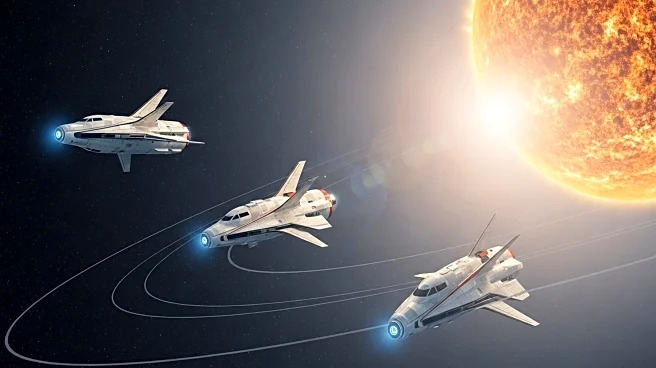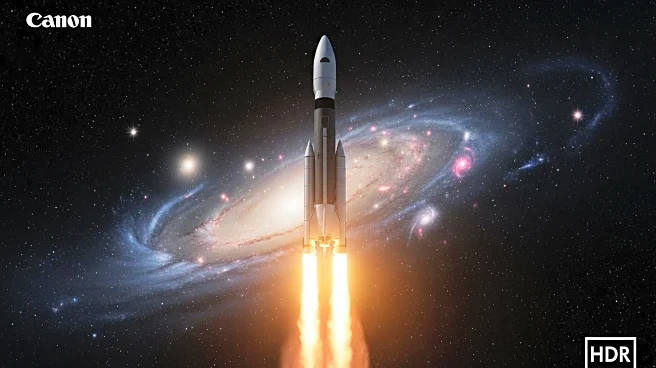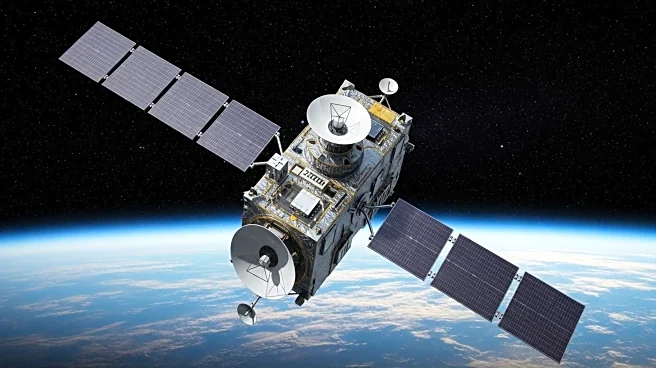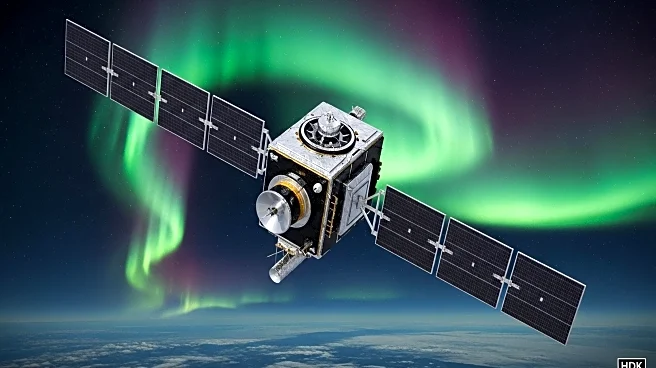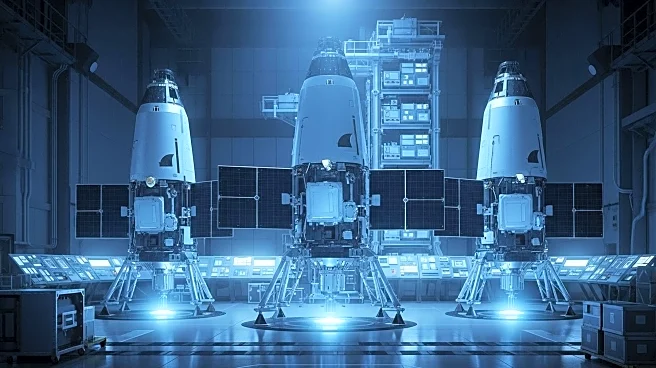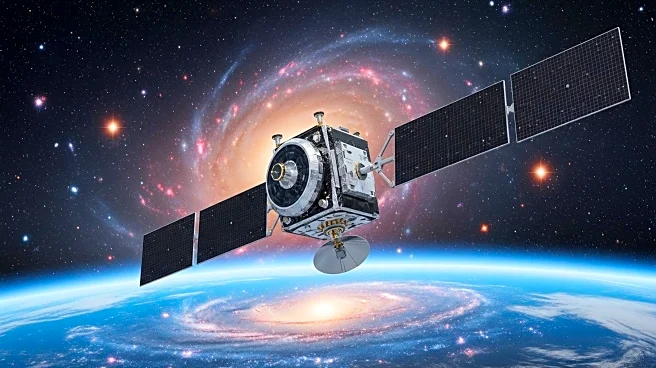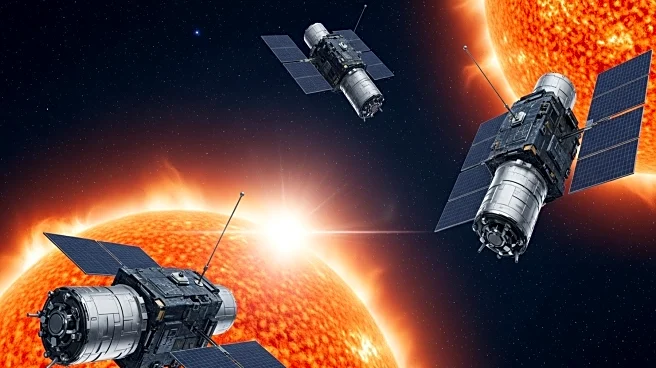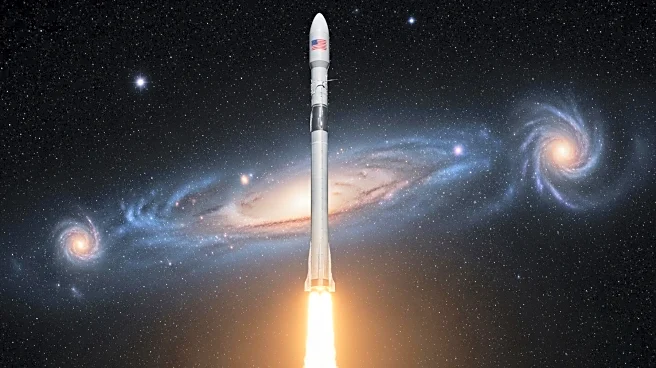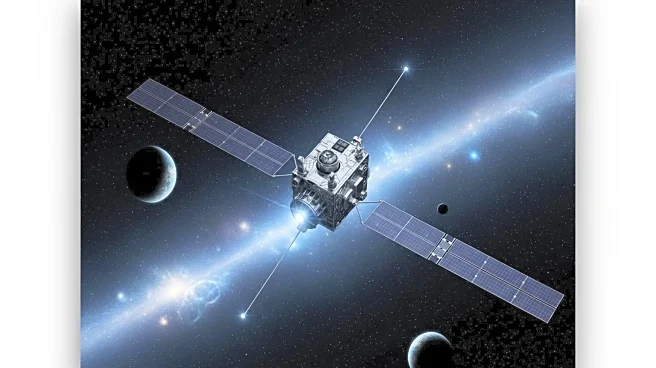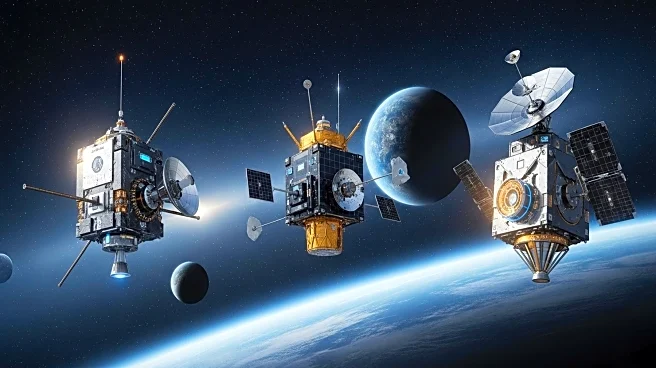What's Happening?
NASA has successfully launched a SpaceX Falcon 9 rocket carrying three missions designed to study the Sun's influence across the solar system. The missions include the Interstellar Mapping and Acceleration Probe (IMAP), the Carruthers Geocorona Observatory, and NOAA's Space Weather Follow On–Lagrange 1 (SWFO-L1) spacecraft. Each mission will focus on different aspects of solar wind and space weather, from their origins at the Sun to their effects at the edge of the solar system. The launch took place at NASA's Kennedy Space Center in Florida.
Why It's Important?
Understanding the Sun's influence on the solar system is crucial for predicting space weather and protecting technology and infrastructure on Earth. These missions will provide valuable data on solar wind and space weather, which can impact satellite operations, communication systems, and power grids. By studying these phenomena, NASA aims to improve forecasting models and develop strategies to mitigate their effects. The collaboration with NOAA highlights the importance of interagency partnerships in addressing space weather challenges.
What's Next?
The data collected by these missions will contribute to ongoing research on solar wind and space weather, potentially leading to improved forecasting models and protective measures for technology and infrastructure. NASA and NOAA will continue to collaborate on space weather research, with the goal of enhancing understanding and preparedness for solar events.
Beyond the Headlines
The study of solar wind and space weather has implications for future space exploration missions, as understanding these phenomena is essential for ensuring the safety of astronauts and spacecraft. The missions' focus on the Sun's influence across the solar system may also contribute to broader scientific knowledge about the dynamics of space weather and its impact on planetary systems.

